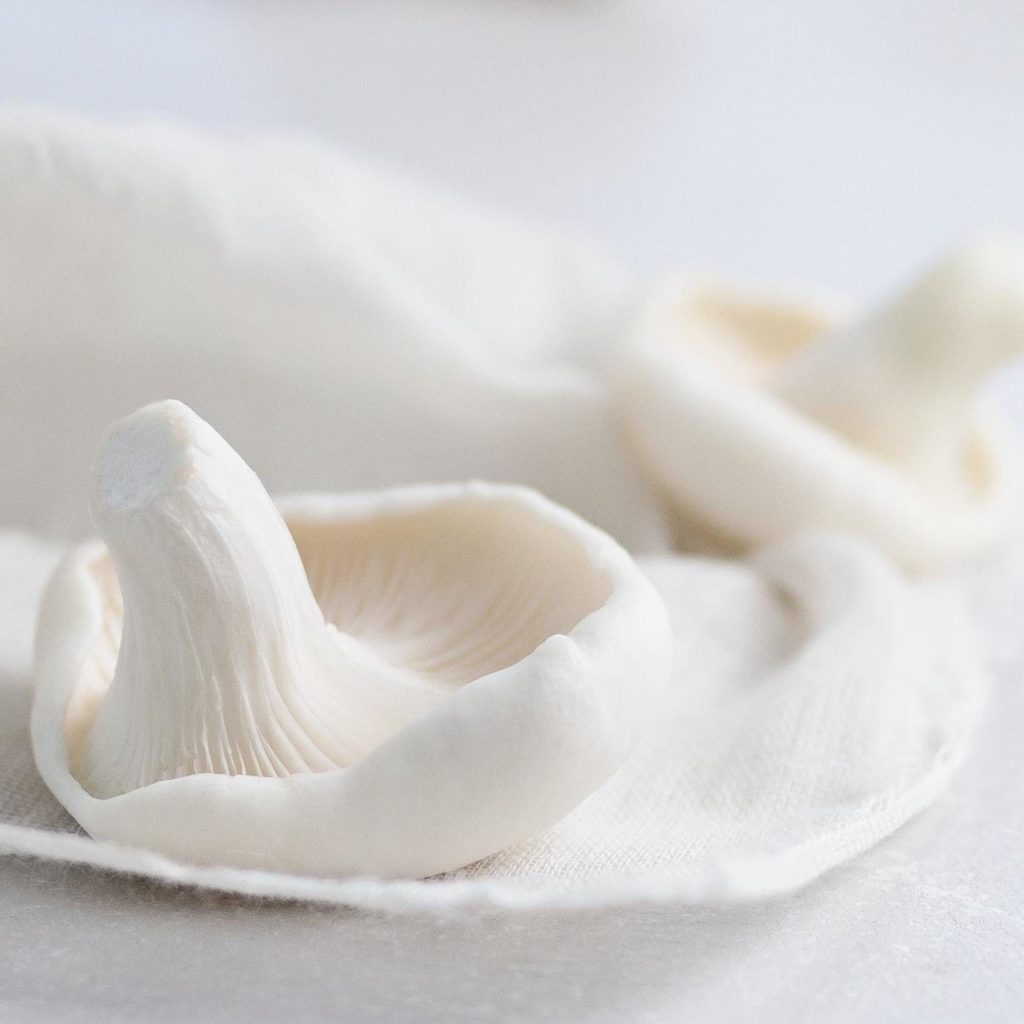With the sunny weather making an appearance at long last, it seems only fit to talk about one of my favourite nutrients, the ‘sunshine’ vitamin aka vitamin D.

Our skin produces vitamin D when exposed to the sun’s ultraviolet (UV) rays. Pre-vitamin D then travels to the liver and kidneys to be turned into the active form of vitamin D.
While vitamin D is also naturally found in some foods such as fatty fish (salmon, sardines, mackerel, anchovies, herring, tuna, cod liver oil), butter, cheese, egg yolks, beef liver, mushrooms and some fortified foods (cow’s milk, soy milk, orange juice and cereals), the sun remains the best and most efficient way of replenishing this precious vitamin.
In the land of abundant sun, it’s hard to believe that vitamin D deficiency is common. Figures from The Australian Bureau of Statistics suggest that 1 in 4 (23%) adults have a mild, moderate or severe vitamin D deficiency. Why so? Many factors can contribute to a deficiency in vitamin D, including inadequate sunlight exposure (hello iso!), age (elderly), darker skin tones, health conditions influencing your ability to absorb/process vitamin D, and (although important) sun protection.
An interesting study published recently found that eating just five UV exposed mushrooms can give you your daily required dose of vitamin D. According to the review, vitamin D levels can be boosted by exposing your mushrooms to direct sunshine ‘gills up’ for 15-60 minutes. Mushies stored in the fridge thereafter can remain ‘boosted’ for up to 8 days!
Blumfield et al., states that “UV exposed mushrooms increase and maintain serum 25(OH)D levels to a similar degree as vitamin D supplements”. Mushrooms have also been shown to improve markers of metabolic syndrome, gastrointestinal health, and lower the risk of ovarian and prostate cancers.
Shiitake, Porcini, Oyster, Portobello… now with the potential to provide you with your daily dose of sunshine, there’s just so many reasons to enjoy mushrooms!
References